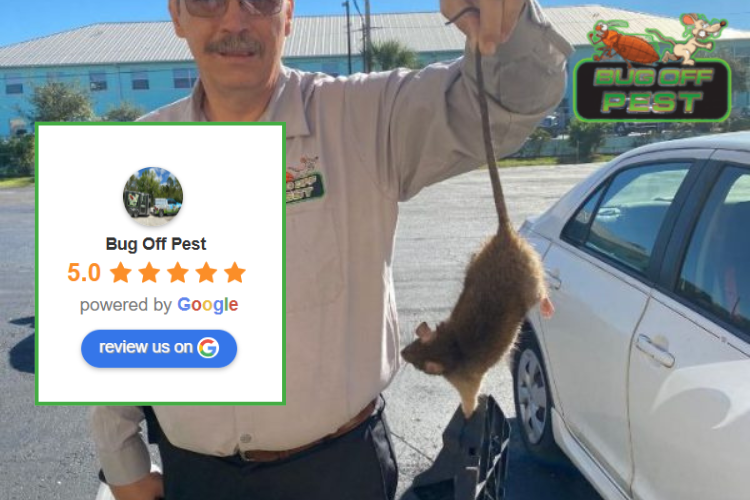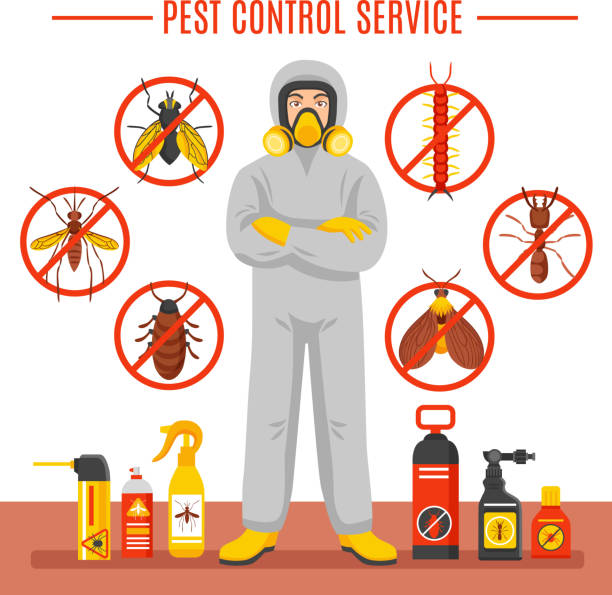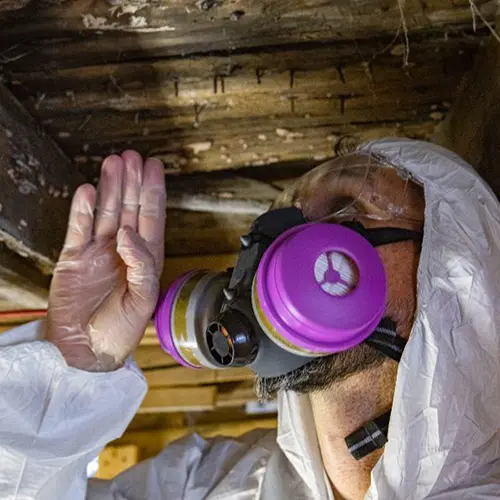Ant Exterminator Near Me: How to Exterminate Ants Swiftly and Successfully
Find Out About the most recent Advances in Pest Control and Just How to Implement Reliable Therapy Solutions
In the last few years, the field of parasite control has observed substantial developments, driven by the need for reliable and lasting therapy remedies. Cutting-edge methods such as Integrated Insect Management (IPM) integrate environmentally friendly experiment sophisticated innovation, boosting both effectiveness and ecological responsibility. The combination of clever innovations and Do it yourself techniques has actually encouraged people to tackle insect problems more properly. As we check out these developments, it comes to be important to recognize just how finest to execute these techniques in various settings to achieve optimal outcomes. The effects for parasite monitoring methods might be transformative.
Eco-Friendly Bug Control Options
In current years, the need for eco-friendly insect control alternatives has actually risen as services and house owners alike look for lasting alternatives to traditional chemical treatments. This change is driven by expanding ecological awareness and a need to minimize the health and wellness risks related to artificial chemicals.

Environmentally friendly insect control methods include a range of techniques that prioritize making use of all-natural substances and practices. Integrated Parasite Administration (IPM) is one such strategy, combining organic, social, and mechanical techniques to take care of bug populations while decreasing dependence on chemicals (Wildlife removal services). This all natural approach stresses avoidance through environment manipulation and the intro of all-natural killers, thus fostering a well balanced ecological community
Another prominent choice is making use of herb pesticides originated from plants, which tend to be less hazardous to non-target organisms. Products like neem oil and diatomaceous earth have actually acquired grip for their efficiency in regulating pests while positioning marginal dangers to human wellness and the setting.
Additionally, exemption methods, such as securing entry points and preserving sanitation, play an essential role in eco-friendly insect administration. By taking on these sustainable practices, companies and people can efficiently handle pests while promoting a healthier planet for future generations.
Smart Technology in Bug Monitoring
Innovation is improving the landscape of bug management, with wise modern technology becoming a pivotal pressure in boosting efficiency and performance - Wildlife removal services. The integration of Web of Things (IoT) gadgets, synthetic intelligence (AI), and information analytics is transforming exactly how pest control experts come close to invasions
Smart traps geared up with sensing units can spot insect task in real-time, sending out immediate informs to operators. This allows for prompt actions, minimizing damage and decreasing the need for comprehensive therapies. In addition, AI formulas examine historic information to predict insect habits, allowing proactive interventions based on ecological problems and invasion patterns.
Drones and computerized vehicles are likewise playing a substantial role in pest monitoring, supplying aerial assessments of large areas, identifying hotspots, and even dispersing targeted therapies. These technologies not only simplify procedures but likewise boost security by restricting human exposure to potentially unsafe chemicals.
Furthermore, mobile applications equip customers to monitor parasite task and gain access to professional advice, cultivating a collaborative strategy to pest administration. Generally, the adoption of clever technology is establishing a new requirement in pest control, emphasizing data-driven decisions and lasting techniques that ultimately profit both experts and property owners alike.
Integrated Insect Monitoring Strategies
Integrated Bug Monitoring (IPM) uses an all natural technique to pest control, integrating numerous approaches to effectively handle parasite populations while reducing risks to human health and wellness and the atmosphere. IPM focuses on understanding the pest life cycle, their all-natural enemies, and the ecological community in which they prosper.
One of the fundamental parts of IPM is keeping track of pest populaces via regular assessments and information collection. This permits the identification of pest thresholds, determining when intervention is required. Social techniques, such as plant habitat, hygiene, and rotation manipulation, are crucial in lowering pest occurrence and promoting plant wellness.
Mechanical controls, websites including barriers and traps, are also crucial in IPM. These methods can literally remove or hinder insects without making use of chemicals. When necessary, the sensible application of chemical controls is used, concentrating on targeted therapies that minimize ecological effect.
Education and partnership among stakeholders, including farmers, bug control experts, and the area, are crucial for the successful application of IPM methods. By focusing on lasting techniques, IPM not only addresses pest issues but likewise promotes a much healthier community.
Biological Control Methods
Various organic control methods are significantly identified insect exterminator company for their performance in handling pest populations while promoting eco-friendly equilibrium. These methods harness all-natural predators, bloodsuckers, and microorganisms to lower pest numbers without counting on artificial chemicals. For circumstances, the introduction of ladybugs can properly control aphid populations, while nematodes target soil-dwelling pest larvae.
Additionally, the usage of microbial chemicals, such as Bacillus thuringiensis (Bt), offers an eco-friendly option for handling caterpillar pests. These products specifically target pest varieties, decreasing harm to helpful insects and pollinators. Preservation organic control emphasizes improving habitats for natural enemies, such as birds and useful pests, thereby urging their visibility in agricultural systems.
Study remains to expose ingenious approaches within this field, such as the use of scents to interfere with pest mating patterns or the advancement of biocontrol representatives with genetic modification. Executing these approaches can bring about lasting insect monitoring techniques that alleviate the reliance on chemical interventions, ultimately cultivating much healthier communities. As recognition of these techniques grows, they are becoming integral parts of incorporated pest administration (IPM) techniques, offering a balance between effective bug control and ecological stewardship.
Do It Yourself Parasite Control Solutions
As house owners look for reliable methods to tackle bug concerns, DIY pest control remedies have actually obtained appeal for their accessibility and cost-effectiveness. These methods equip individuals to address invasions making use of readily offered materials and methods, often without the demand for expert intervention.

Furthermore, preserving correct cleanliness and routine assessments can protect against rodents insect entrance and nesting (Wildlife removal services). Basic practices, such as securing cracks, getting rid of food resources, and decluttering, can dramatically reduce parasite populaces. Traps, both homemade and commercially available, can also provide effective solutions for monitoring and regulating particular bugs like pests or rats

Verdict
The combination of green parasite control choices, smart technology, and cutting-edge monitoring methods presents a thorough approach to effective bug management. By welcoming Integrated Parasite Monitoring (IPM) and utilizing biological control approaches, alongside Do it yourself services, sustainable and liable bug control can be attained.
Environmentally friendly insect control techniques incorporate a variety of strategies that focus on the use of all-natural compounds and methods. Integrated Insect Administration (IPM) is one such method, combining biological, social, and mechanical methods to take care of bug populaces while minimizing reliance on chemicals. As awareness of these strategies grows, they are ending up being essential components of incorporated pest management (IPM) techniques, using a balance between reliable pest control and ecological stewardship.
The integration of environmentally friendly bug control options, smart innovation, and ingenious monitoring techniques presents a thorough approach to reliable insect management. By embracing Integrated Bug Management (IPM) and utilizing organic control methods, along with DIY solutions, sustainable and accountable insect control can be attained.